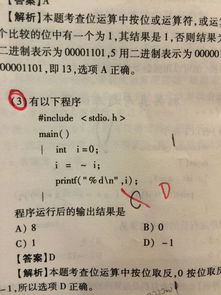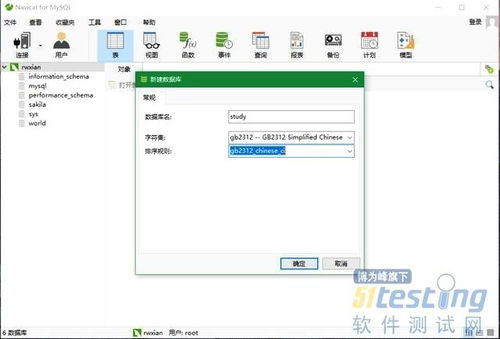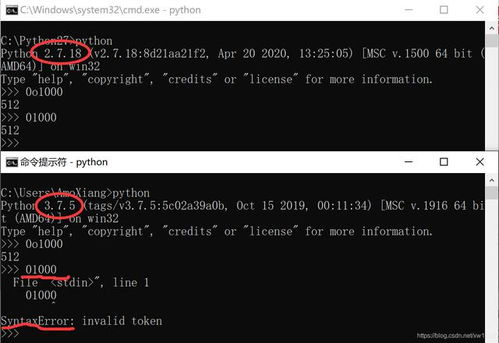SpringMVC-09-文件上传和下载
1、准备作业
Spring
文件上传是项目开发中最常见的功用之一 ,
Spring 能够很好的支撑文件上传,可是 Spring 的默许环境中没有安装 MultipartResolver,
因而默许情况下其不能处理文件上传作业。
假如想运用 Spring 的文件上传功用,则需要在 Spring 环境中装备 MultipartResolver。
前端表单
为了能上传文件,
有必要将表单的 method 特点设置为 POST,
将 enctype 特点 设置为 multipart/form-data 。
只要在这样的情况下,浏览器才会把用户挑选的文件以二进制流的方法发送给服务器。
这儿不对 enctype 特点作过多的解说,具体的能够去看 HTML enctype 特点 这篇文章。
文件上传依靠
在2003年,Apache Software Foundation发布了开源的 Commons FileUpload 组件,
其很快成为Servlet/JSP程序员上传文件的最佳挑选。
- Servlet3.0标准现已供给办法来处理文件上传,但这种上传需要在Servlet中完结。
- 而Spring MVC则供给了更简略的封装。
- Spring MVC为文件上传供给了直接的支撑,这种支撑是用即插即用的MultipartResolver完结的。
- Spring MVC运用Apache Commons FileUpload技能完结了一个MultipartResolver完结类:CommonsMultipartResolver。
SpringMVC的文件上传还需要依靠Apache Commons FileUpload的组件。
2、文件上传
导入文件上传的jar包,commons-fileupload , Maven会主动帮咱们导入他的依靠包 commons-io包;
<!--文件上传-->
<dependency>
<groupId>commons-fileupload</groupId>
<artifactId>commons-fileupload</artifactId>
<version>1.3.3</version>
</dependency>
装备bean:multipartResolver
<!--文件上传装备-->
<bean id="multipartResolver" class="org.springframework.web.multipart.commons.CommonsMultipartResolver">
<!-- 恳求的编码格局,有必要和jSP的pageEncoding特点共同,以便正确读取表单的内容,默许为ISO-8859-1 -->
<property name="defaultEncoding" value="utf-8"/>
<!-- 上传文件巨细上限,单位为字节(10485760=10M) -->
<property name="maxUploadSize" value="10485760"/>
<property name="maxInMemorySize" value="40960"/>
</bean>
留意!!!这个bena的id有必要为:multipartResolver , 不然上传文件会报400的过错!
CommonsMultipartFile 的 常用办法:
- String getOriginalFilename():获取上传文件的原名
- InputStream getInputStream():获取文件流
- void transferTo(File dest):将上传文件保存到一个目录文件中
测验
前端页面
<form action="${pageContext.request.contextPath}/upload" enctype="multipart/form-data" method="post">
<p>
<input type="file" name="file"/>
</p>
<p>
<input type="submit" value="upload">
</p>
</form>
Controller
@Controller
public class FileController {
@Autowired
ServletContext servletContext;
//@RequestParam("file") 将name=file控件得到的文件封装成CommonsMultipartFile 目标
//批量上传CommonsMultipartFile则为数组即可
@RequestMapping("/upload")
public String fileUpload(@RequestParam("file") CommonsMultipartFile file) throws IOException {
//获取文件名
String uploadFileName = file.getOriginalFilename();
//假如文件名为空,直接回到主页!
if ("".equals(uploadFileName)) {
return "redirect:/";
}
System.out.println("上传文件名 : " + uploadFileName);
//获取实在物理途径
String path = servletContext.getRealPath("/upload");
//假如途径不存在,创立一个
File realPath = new File(path);
if (!realPath.exists()) {
realPath.mkdir();
}
System.out.println("上传文件保存地址:" + realPath);
InputStream is = file.getInputStream(); //文件输入流
OutputStream os = new FileOutputStream(new File(realPath, uploadFileName)); //文件输出流
//读取写出
int len = 0;
byte[] buffer = new byte[1024];
while ((len = is.read(buffer)) != -1) {
os.write(buffer, 0, len);
}
os.close();
is.close();
return "redirect:/";
}
/**
* 选用file.transferTo 来保存上传的文件
*/
@RequestMapping("/upload2")
public String fileUpload2(@RequestParam("file") CommonsMultipartFile file) throws IOException {
//获取实在物理途径
String path = servletContext.getRealPath("/upload");
File realPath = new File(path);
if (!realPath.exists()) {
realPath.mkdir();
}
//上传文件地址
System.out.println("上传文件保存地址:" + realPath);
//经过CommonsMultipartFile的办法直接写文件(留意这个时分)
file.transferTo(new File(realPath + "/" + file.getOriginalFilename()));
return "redirect:/";
}
}
留意!!!CommonsMultipartFile 为特别参数,有必要运用 @RequestParam 注解 指定前端参数,不然不能进行数据绑定。
3、文件下载
文件下载过程:
- 设置 response 呼应头
- 读取文件 — InputStream
- 写出文件 — OutputStream
- 履行操作
- 封闭流 (先开后关)
代码完结
前端页面
<p>
<a href="${pageContext.request.contextPath}/download">点击下载</a>
</p>
Controller
@RequestMapping("/download")
public void downloads(HttpServletResponse response) throws Exception {
//要下载的资源地址
String path = servletContext.getRealPath("/upload");
String fileName = "计算机结构框图.jpg";
//1、设置response 呼应头
response.reset(); //设置页面不缓存,清空buffer
response.setCharacterEncoding("UTF-8"); //字符编码
response.setContentType("multipart/form-data"); //多扩展类型表单数据
//设置呼应头为 附件
response.setHeader("Content-Disposition",
"attachment;fileName=" + URLEncoder.encode(fileName, "UTF-8"));
File file = new File(path, fileName);
//2、 读取文件--输入流
InputStream input = new FileInputStream(file);
//3、 写出文件--输出流
OutputStream out = response.getOutputStream();
byte[] buff = new byte[1024];
int index = 0;
//4、履行 写出操作
while ((index = input.read(buff)) != -1) {
out.write(buff, 0, index);
}
out.close();
input.close();
}
以上文件上传和下载都已完结,我们能够和JavaWeb原生的方法比照一下,就能够知道这个快捷多了!






